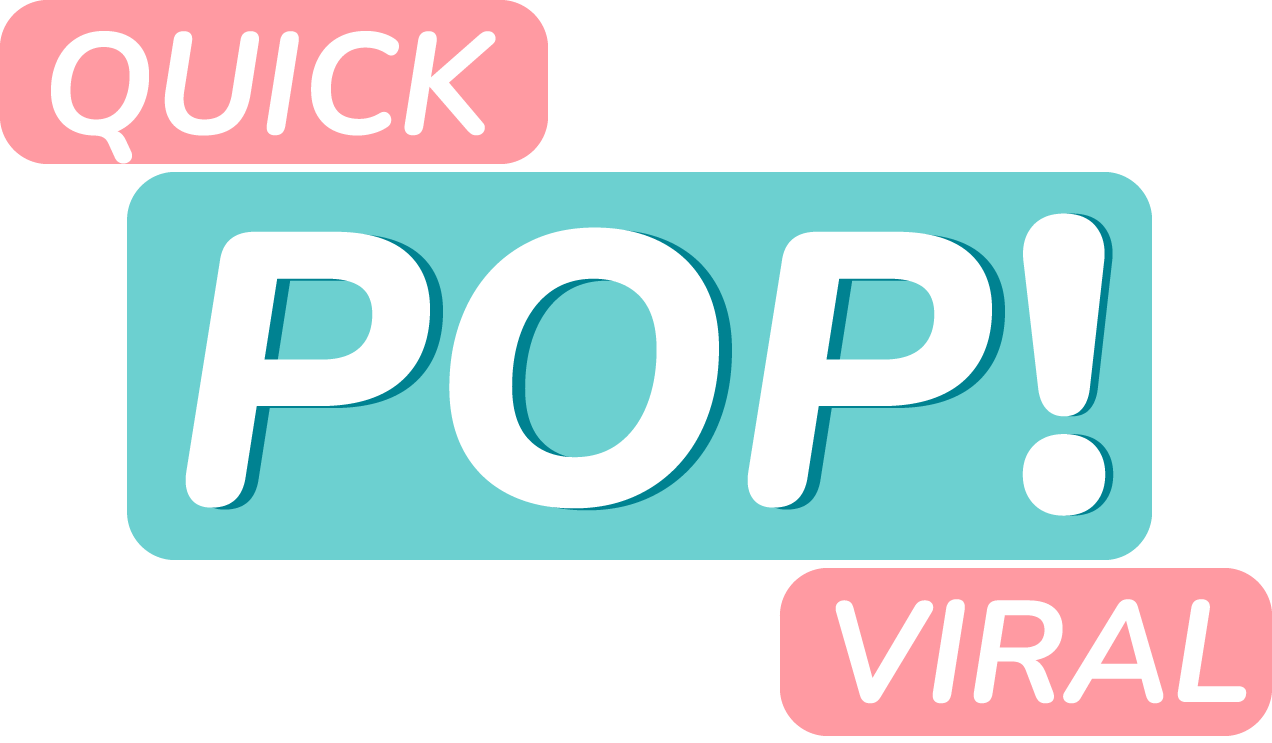Striking the perfect chord between professional duties and personal fulfillment is the modern-day symphony that busy professionals strive to compose. In the brisk tempo of career advancement, it’s essential to practice time management for professionals and prioritize professional well-being. Reports reveal a startling 31% of UK employees feel the scales tip unfavorably away from work-life harmony1. This imbalance can lead not only to a rise in occupational stress but also to the neglect of crucial aspects of health, with an alarming 58% forgoing physical well-being due to work demands1.
Moreover, when the laptop shuts and the office dims, it’s the quality of our personal lives that fuels tomorrow’s productivity. A staggering 60% of employees view this balance as a pivotal factor for job satisfaction, towering over salary as a motivator1. With smarter burnout prevention strategies and mindful management of professional commitments, attaining equilibrium is not just desirable but attainable. Discover further insights by subscribing to our weekly newsletter on work-life balance tips for actionable advice.
Key Takeaways
- Understanding the impact of work-life imbalance on personal and professional well-being.
- Embracing time management as a cornerstone for productive and satisfying professional experiences.
- Adopting burnout prevention techniques that prioritize health and job satisfaction.
- Engaging with reliable sources for continued learning on maintaining work-life harmony.
- Implementing strategies that respect personal time while fulfilling professional roles.
Understanding Work-Life Balance in Today’s Professional Landscape
In today’s fast-paced professional environment, achieving a healthy work-life balance is more crucial than ever. Ensuring a harmony between professional obligations and personal life is vital for employee well-being and overall productivity. With the advent of technology blurring the lines between work and home, understanding and managing this balance can significantly impact work-life satisfaction.
Recognizing the Signs of an Imbalanced Life
Burnout, stress, and job dissatisfaction are frequently reported symptoms when personal life begins to suffer due to excessive professional demands. These signs are vital indicators that one’s work-life balance may be off-kilter, necessitating immediate attention to prevent long-term damage to both professional performance and personal happiness.
The Impact of Technology on Work Boundaries
The integration of technology in the workplace was supposed to streamline operations and enhance efficiency. However, it often leads to longer working hours and the inability to disconnect from work, affecting employee well-being adversely. Establishing clear boundaries is essential to fostering work-life satisfaction and ensuring technology serves as an aid, not a hindrance.
Statistics: Learning from Other’s Challenges
Statistically, embracing flexible work arrangements has been shown to correlate positively with employee satisfaction, leading to lower turnover rates and higher productivity levels2. Furthermore, companies that recognize the importance of mental health support witness maintained or even enhanced productivity and job satisfaction2. Well-being initiatives not only contribute to better professional outputs but also to the greater mental health of the workforce3. Employers who engage in ongoing dialogue and commit to a shared goal of nurturing a workplace culture that values time management and employee well-being see tangible benefits, including reduced burnout and improved job satisfaction3.
- Flexible schedules allow employees to manage time more efficiently, balancing personal commitments alongside professional obligations3.
- Mutual respect between employers and employees fosters a healthy work environment conducive to long-term work-life satisfaction3.
| Strategy | Impact on Employee Well-being |
|---|---|
| Flexible Work Hours | Enhances job satisfaction and reduces stress2. |
| Technology Boundaries | Prevents burnout by limiting work intrusion into personal time. |
| Mental Health Support | Improves overall productivity and job satisfaction2. |
Strategic Prioritization for Peak Productivity
Efficient time management relies heavily on strategic prioritization, which includes knowing when to delegate and when to buckle down on solitary tasks. By adhering to productivity hacks like prioritizing tasks using the Eisenhower Matrix, employees can achieve more in less time4. This approach not only manages workload effectively but also supports personal well-being by reducing stress levels4.
Businesses that focus on enhancing employee engagement see a direct impact on organizational success. Engaged employees contribute more creatively and productively, leading to a positive work environment that drives overall business performance5. Furthermore, implementing productivity apps and tools can help streamline workflows and improve task management, ultimately enhancing business productivity5.
Adopting peak performance strategies such as setting clear work boundaries and managing time effectively through techniques like time blocking and the two-minute rule can prevent professional burnout5. These practices are essential for maintaining not just professional productivity, but also for fostering a healthy work-life balance, which can elevate job performance and personal satisfaction5.
| Strategy | Benefits | Impact on Productivity |
|---|---|---|
| Eisenhower Matrix | Helps in stress reduction and effective workload management | Enhances focus on critical tasks, increasing output quality4 |
| Time Blocking | Allocates fixed periods for tasks, preventing task spillover | Reduces the tendency to multitask, boosting individual task focus by up to 60%5 |
| Productivity Apps | Streamlines task management and workflow | Improves time management, leading to higher productivity levels5 |
| Employee Engagement | Drive higher creativity and job satisfaction | Leads to a motivating work environment, significantly increasing productivity5 |
By introducing these productivity hacks and peak performance strategies into their daily routines, professionals can not only ensure effective time management but also sustain higher productivity and achieve a better work-life balance54.
Techniques for Effective Boundary Setting at Work
In today’s highly digitized work environment, mastering setting boundaries is more crucial than ever to promote effective work-life integration. Effective boundary setting not only helps maintain mental health but significantly enhances productivity, allowing professionals to allocate appropriate energy to tasks that merit their attention.


Clearly communicating availability to colleagues and superiors is pivotal. Explicitly spell out when you are and are not available, which helps to manage expectations and reduce the likelihood of work intrusions during personal time. The immense workload carried by healthcare professionals like physicians, who often take tasks such as reviewing charts and creating lectures beyond work hours, can impact their personal lives. Thus, establishing clear communication on availability could significantly rein in such overextensions6.
It’s also beneficial to set automatic reminders or notifications that inform your team when you are stepping away from work tasks, further reinforcing these boundaries. This simple yet effective time management technique encourages respect for your personal time while ensuring you remain productive during work hours6.
Utilizing Technology to Keep Work at Bay
Technology, when leveraged correctly, can be a fortress safeguarding personal time from work encroachments. Using separate devices for work and personal use, distinct email accounts, and implementing strict filters on communication platforms can effectively keep work-related notifications in their rightful place. The USA Today survey indicating that 22 percent of respondents struggle to unplug from work underscores the importance of such measures in the current hybrid and fully virtual work setups7.
Moreover, regarding time management techniques, setting specific times to check emails and messages can drastically reduce the stress of constant connectivity. Tools like email auto-responders can inform senders when to expect a reply, setting a clear boundary that you are not always available at a moment’s notice7.
Adopting these strategies not only preserves your mental and physical health but also promotes a culture of respect for personal time and space at work, which is beneficial for overall organizational health and individual productivity. This alignment of personal well-being with professional requirements is the essence of work-life integration, aiming at a harmonious and fulfilling life both in and outside work.
The Best Work-Life Balance Tips for Busy Professionals
In an era where the demarcation between work and personal life is fading, achieving a healthy work-life balance is essential. To foster this harmony, certain practices can be transformative for busy professionals.
Finding Fulfillment Beyond the Office
Embracing hobbies and leisure activities outside the professional sphere is not just refreshing but crucial for mental health. Making time for passions outside of work can rejuvenate one’s energy, leading to increased productivity and work satisfaction8. Furthermore, companies that recognize the importance of life beyond work often see less absenteeism and higher job satisfaction among employees9.
Incorporating Relaxation and Mindfulness Practices
Incorporating mindfulness and relaxation into one’s daily routine can significantly aid stress reduction. Small breaks during work, recommended by healthy work-life balance practices, can clear your mind and boost your mood10. Additionally, regular mindfulness practices can enhance focus and decrease anxiety, contributing to a more fulfilling work day8.
Cultivating Hobbies and a Vibrant Social Life
Engaging in extracurricular activities is not only enjoyable but encourages networking and creates a support system that can greatly alleviate stress10. Partaking in group activities like sports or clubs can foster significant connections, promoting a sense of community which is vital for emotional health. Moreover, dedicating time to cultivate these relationships can result in a more balanced life and improved general wellbeing8.
“Balancing work with pleasurable activities brings an overall enhancement in job performance and attitude.” – Chris Chancey, CEO of Amplio Recruiting9
Adopting these practices not only helps in stress reduction but also enriches your life, making each day more productive and joyful.


Conclusion
In today’s fast-paced world, achieving work-life equilibrium isn’t simply a personal goal but a critical factor in cultivating occupational well-being. A sizable 66% of American full-time workers feel bereft of this balance11, highlighting the urgency for effective strategies that combat the encroachment of work on one’s personal life. Embracing the 80/20 Rule helps prioritize tasks for maximum productivity12, giving professionals the leeway to focus on personal enrichment after their most impactful work is complete.
Moreover, the advent of remote work has proven beneficial, where many have experienced heightened work satisfaction and reduced fatigue11; however, this must be carefully balanced against the statistics showing a considerable 60% of Americans overwhelmed by their daily agendas and 41% who have not felt completely relaxed in over six months11. This emphasizes the relevance of implementing techniques like the Pomodoro Technique, ensuring individuals take necessary breaks to recharge, fostering a routine that encourages a more contented and balanced lifestyle12.
Ultimately, the journey to work-life harmony is deeply personal. Still, by recognizing the pressing need for downtime, as 46% of workers suggest11, and advocating for regular sleep as recommended for optimal rest12, professionals can build a scaffold for a lifestyle that supports both career growth and personal fulfillment. To further understand how data privacy and management can affect this balance, one may explore privacy policies, which can illuminate the importance of having control over one’s digital footprints—a subtle but significant aspect of today’s work-life integration.
FAQ
What are some signs that I might have an imbalanced work-life?
How does technology affect my ability to maintain work-life boundaries?
What can I learn from the challenges others have faced with work-life balance?
What are some peak performance strategies for better time management?
How can I communicate my availability and set boundaries with my colleagues and managers?
What are some techniques to keep work at bay using technology?
How can pursuing interests outside work improve my professional performance?
What are the benefits of incorporating relaxation and mindfulness into my routine?
Why is having a vibrant social life important for maintaining a work-life balance?
Source Links
- 6 Tips for a Better Work-Life Balance: Strategies for Busy Professionals | Professional Development – https://acacialearning.com/blog/professional-development/6-tips-for-a-better-work-life-balance-strategies-for-busy-professionals/
- Top 10 Strategies for Work Life Balance & Employee Productivity – https://www.avadolearning.com/blog/strategies-for-work-life-balance-employee-productivity/
- Achieving Work-Life Balance: Strategies for Thriving in a Modern Workplace – Hirebee – https://hirebee.ai/blog/ultimate-guide-to-recruitment-marketing/achieving-work-life-balance-strategies-for-thriving-in-a-modern-workplace/
- How to Achieve a Perfect Work-Life Balance – https://medium.com/@thejeromeknyszewski/how-to-achieve-a-perfect-work-life-balance-eb1eeeaa067a
- Maximizing Work Productivity: Essential Strategies for Effective Time Management – https://verticalresponse.com/blog/maximizing-work-productivity-essential-strategies-for-effective-time-management/
- How Boundaries Help You Leave Work at Work – https://www.becomebraveenough.com/blog/how-boundaries-help-you-leave-work-at-work
- How to Set Boundaries for Work-Life Balance – https://www.business.com/articles/work-life-boundaries/
- Self Care for Career Success: 6 Tips to Balance Work and Life – https://sps.wfu.edu/articles/tips-to-balance-work-and-life/
- How to Improve Your Work-Life Balance – businessnewsdaily.com – https://www.businessnewsdaily.com/5244-improve-work-life-balance-today.html
- Work Life Balance – https://www.mhanational.org/work-life-balance
- Top secrets to Achieve the Perfect Work-Life Balance: for Busy Professionals – https://mltechsoft.com/insights/blog/perfect-work-life-balance-for-busy-professionals
- Work-Life Balance Tips For Busy Professionals – https://www.inspirit.co.in/work-life-balance-tips-for-busy-professionals/



